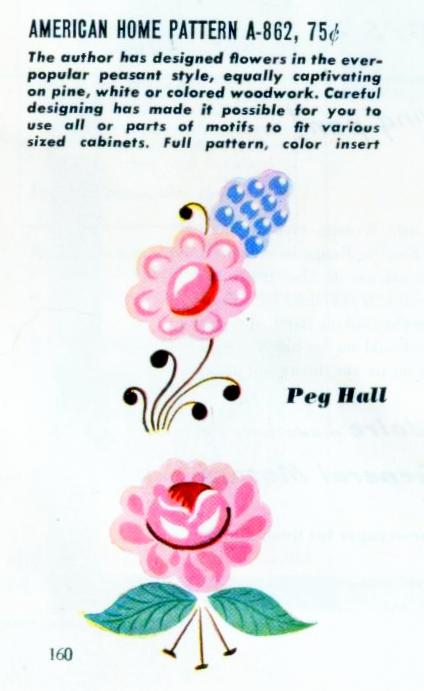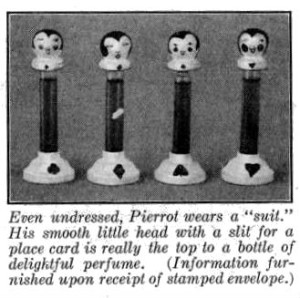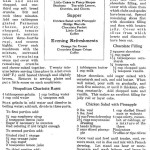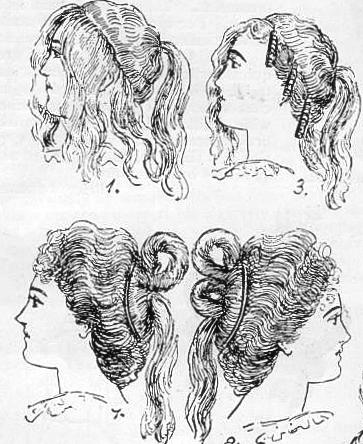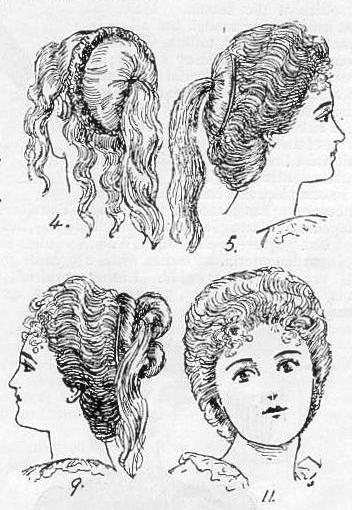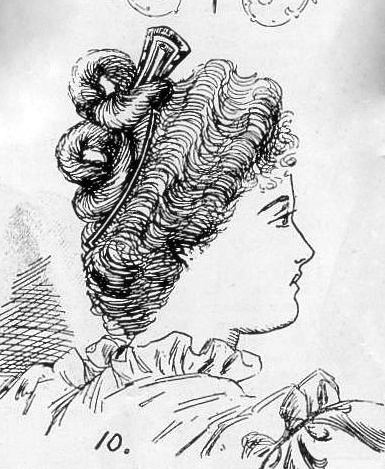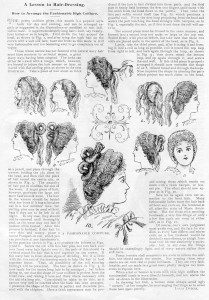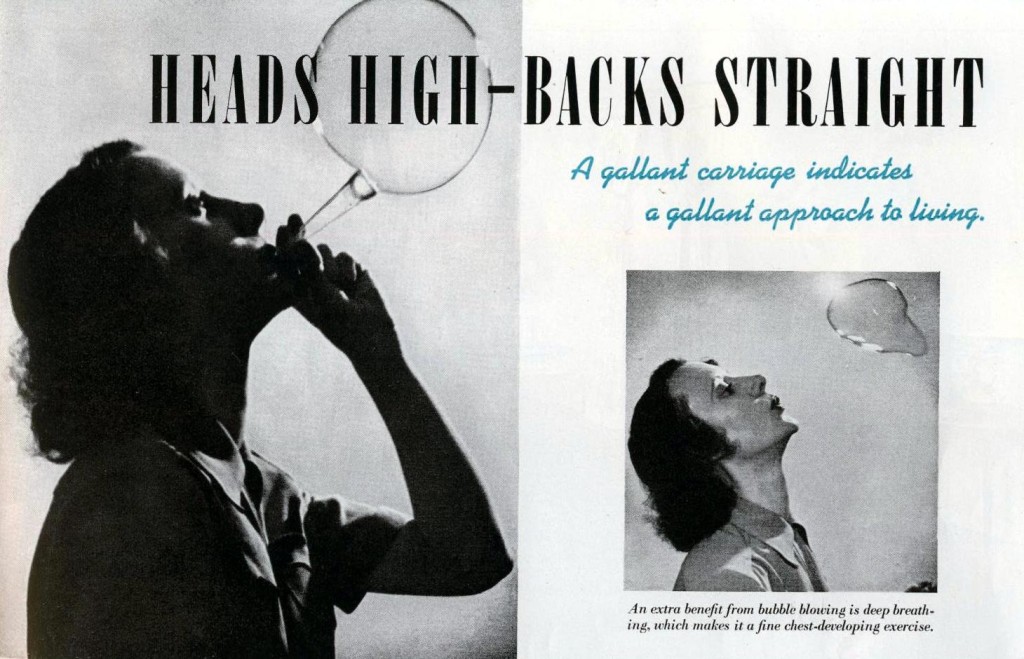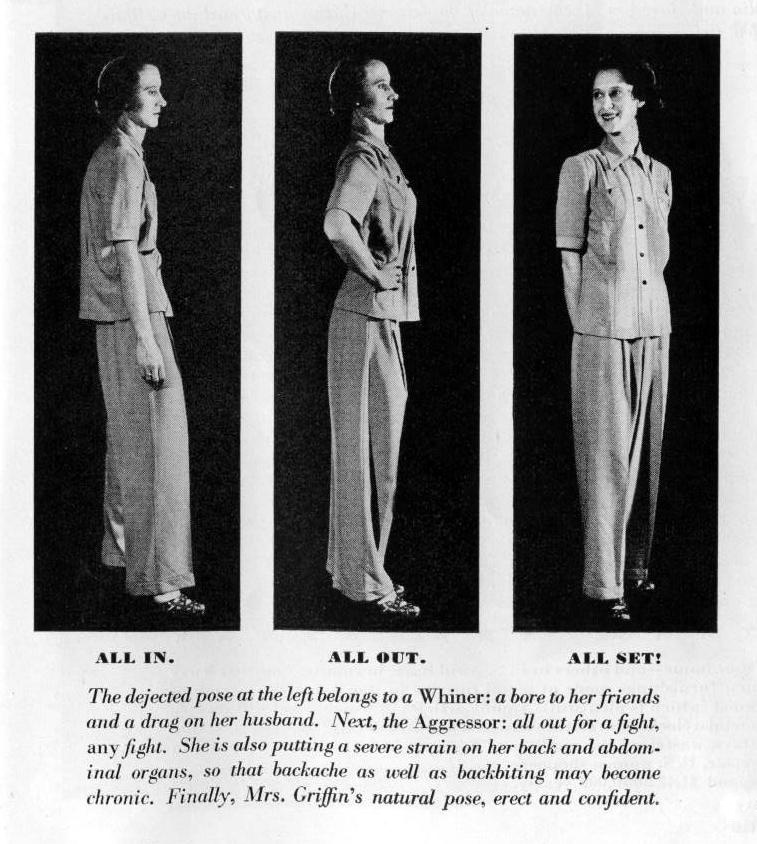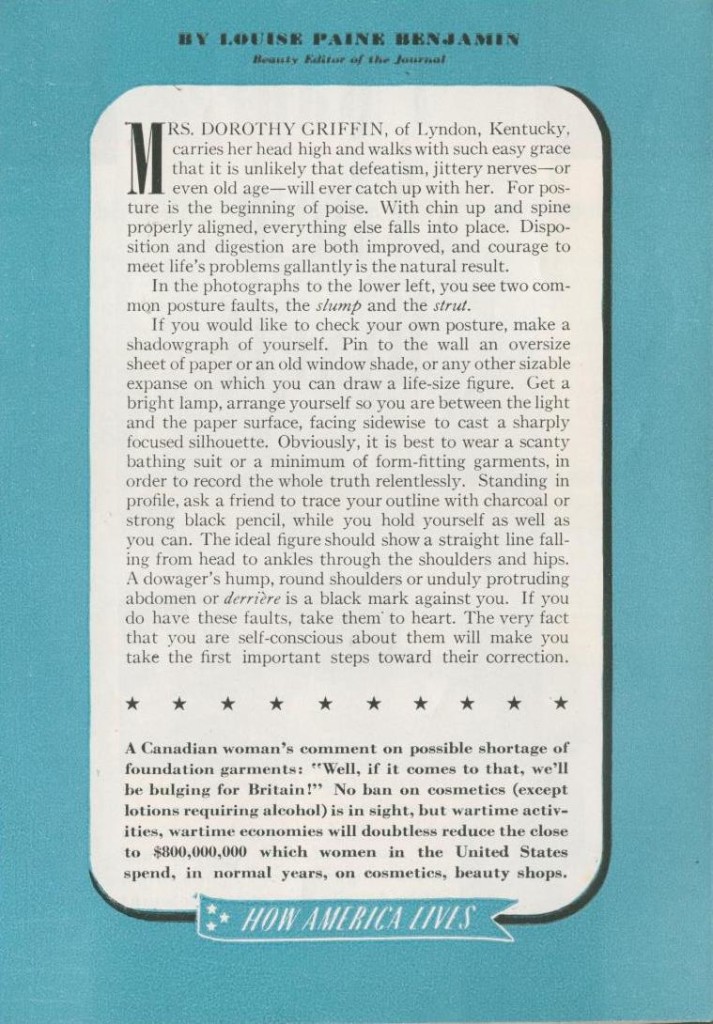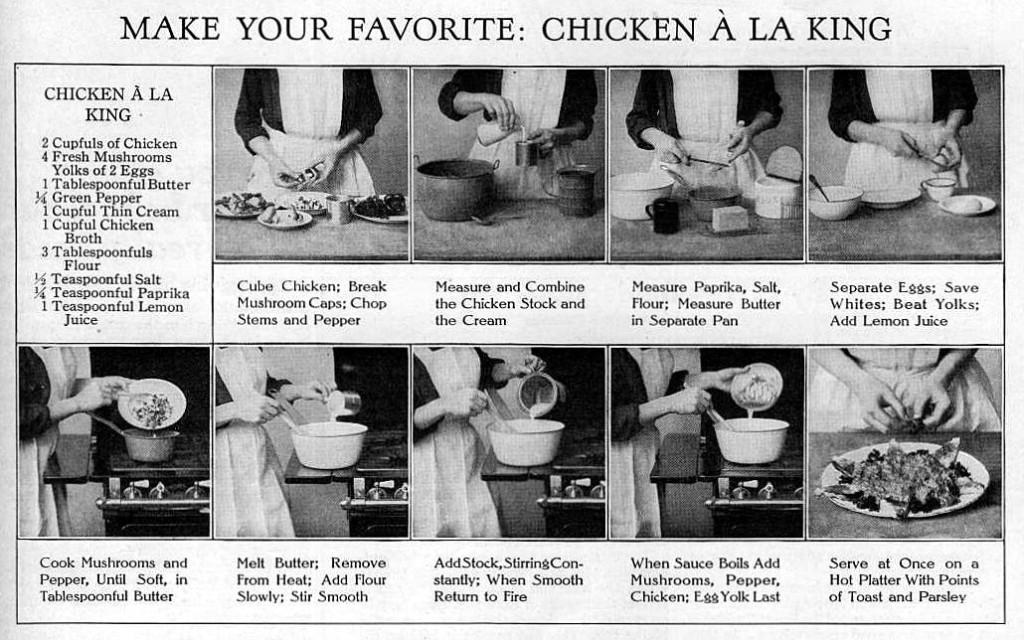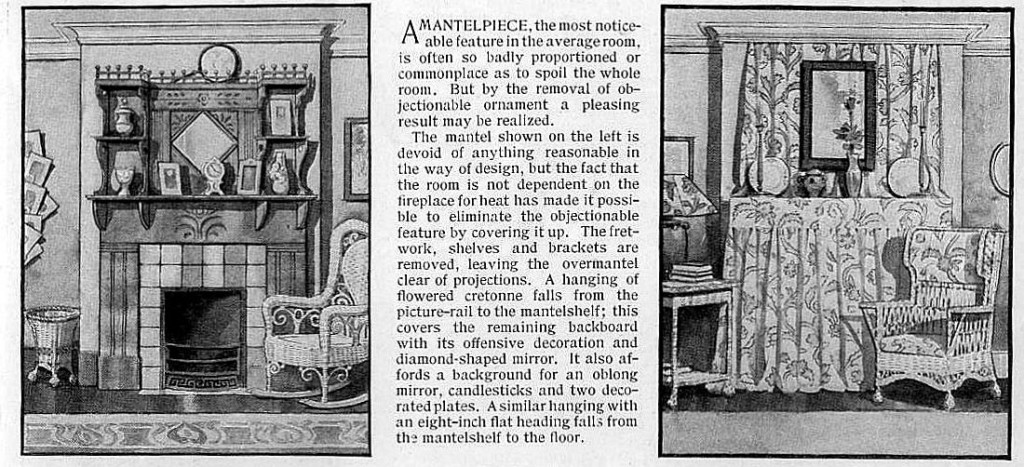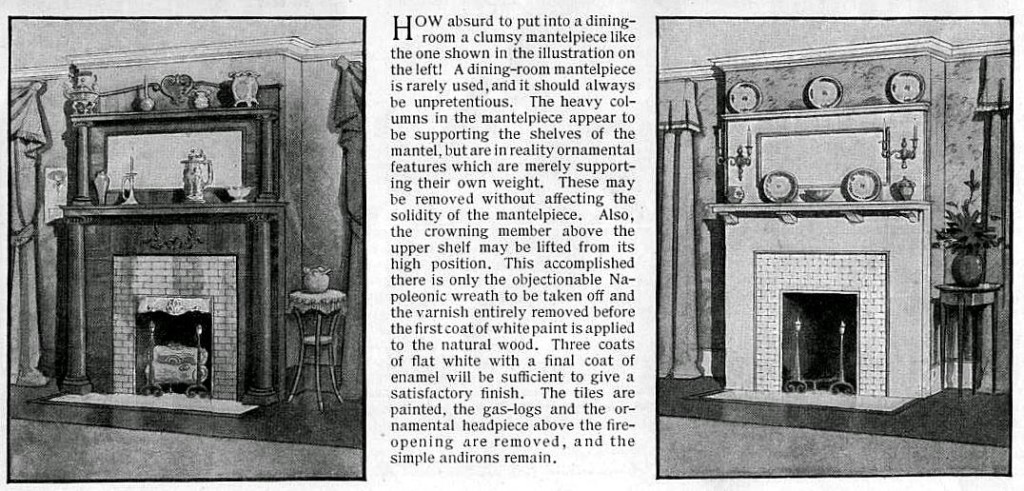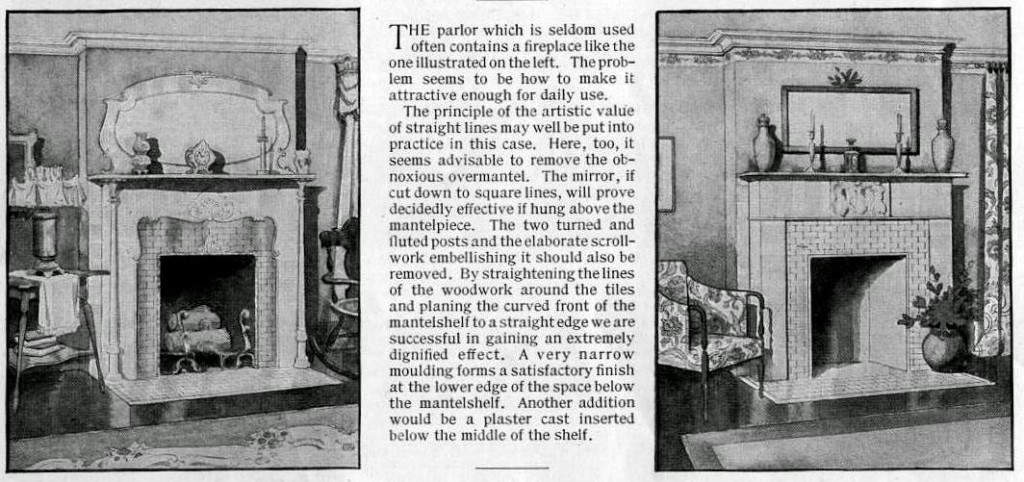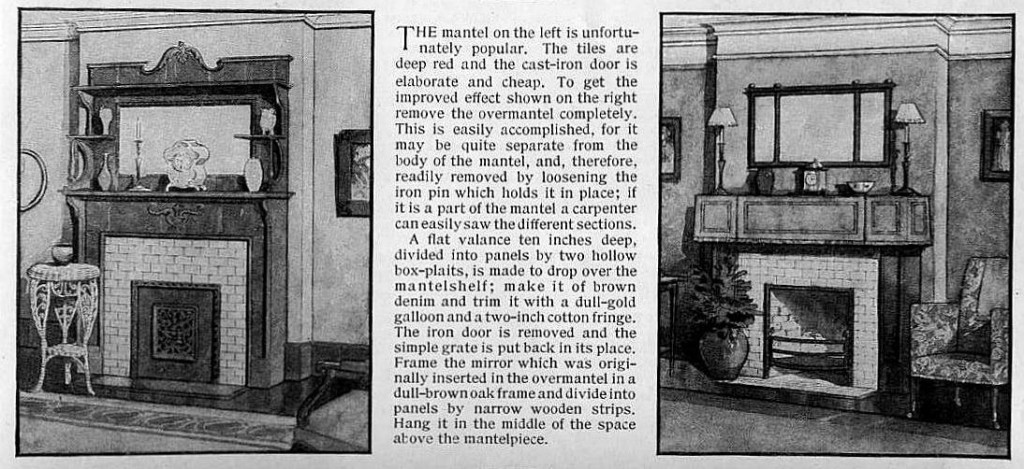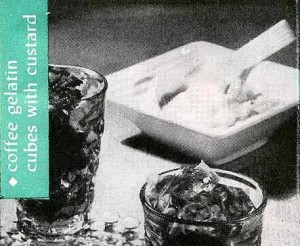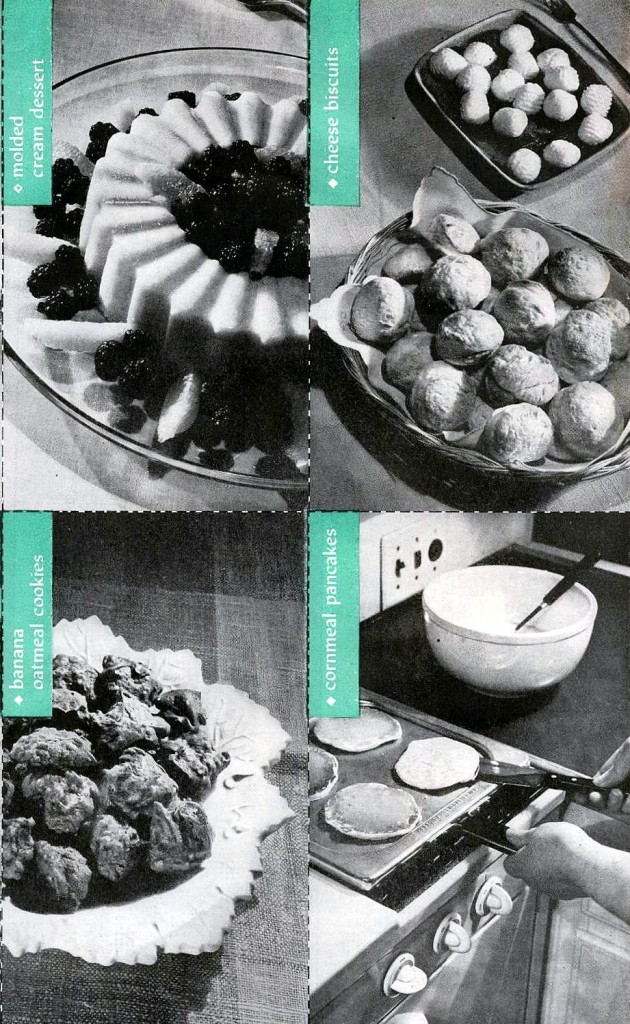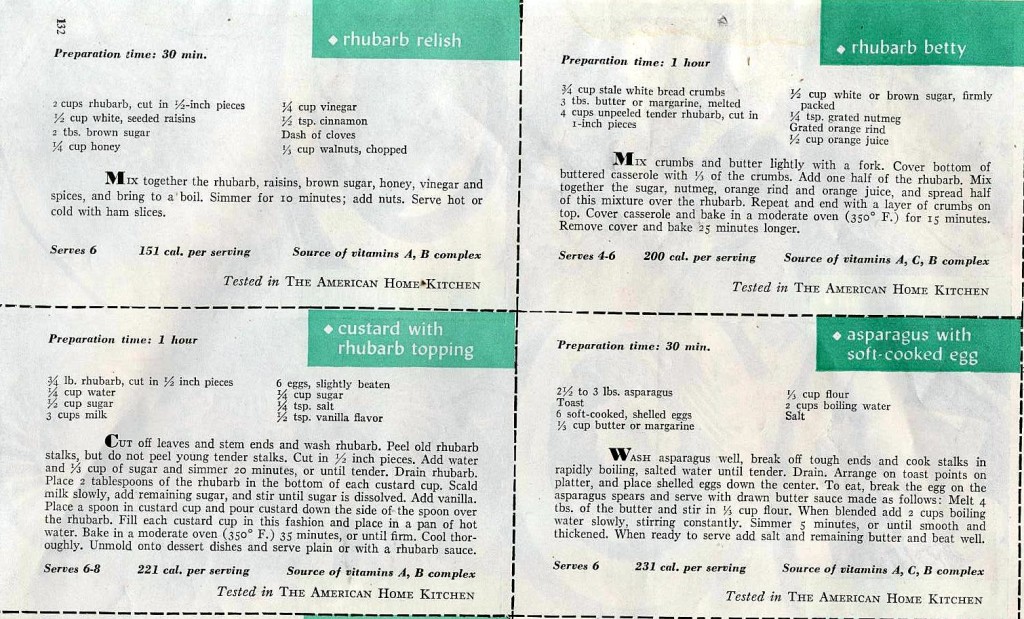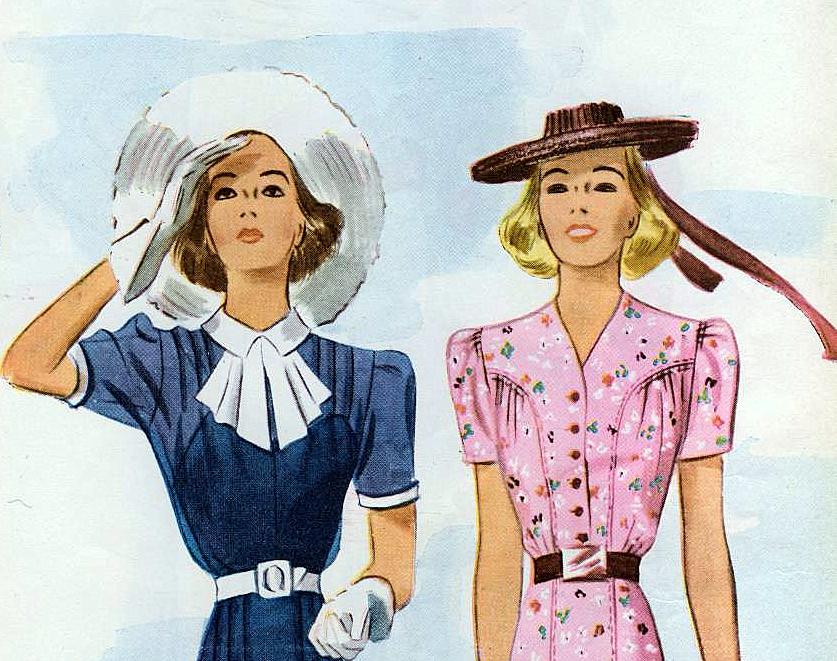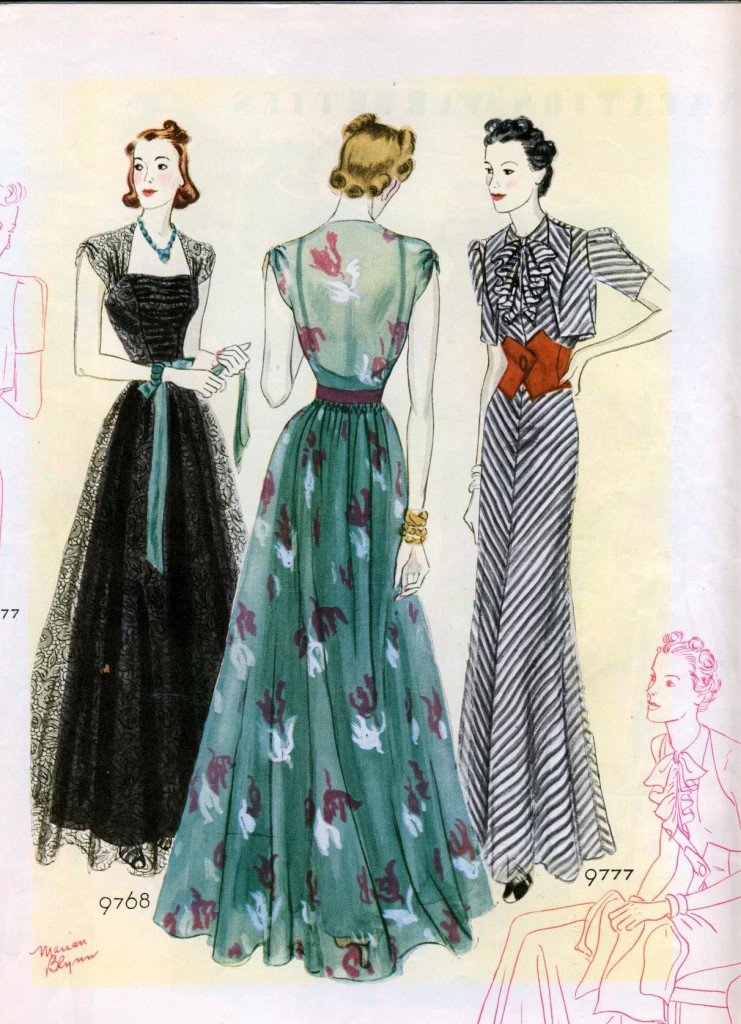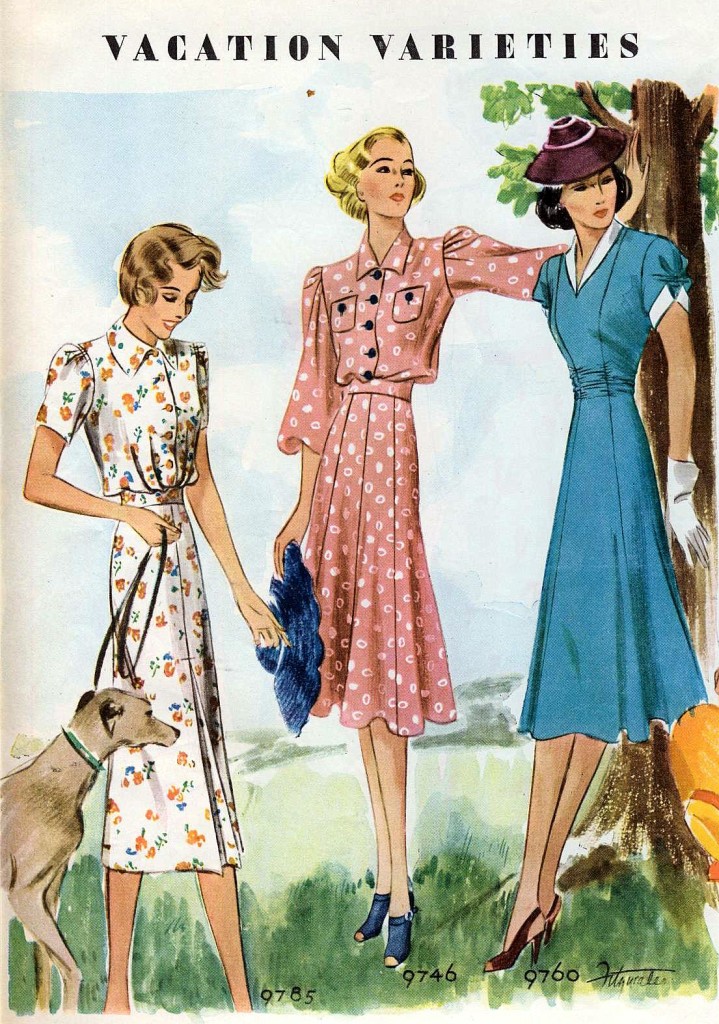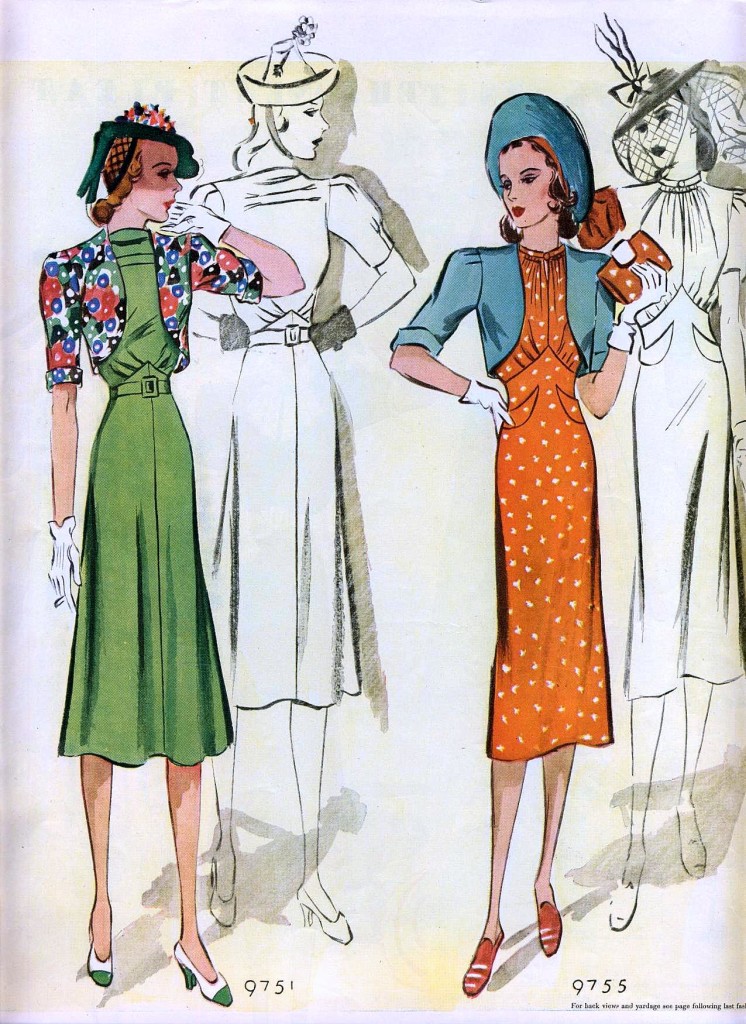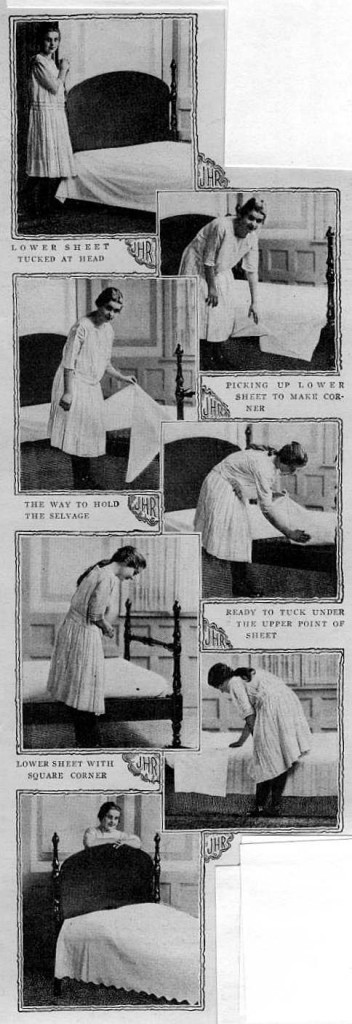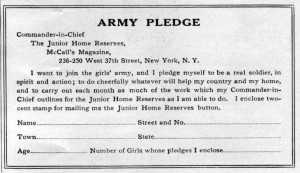“Unlike other rooms in the house, which of necessity may have to follow a conventional style, the kitchen can abound in personality, imagination, and even wit, for here, self-expression knows no handicaps.”
The colorful, vintage kitchen decor seen here comes from the April, 1947 issue of American Home magazine, and an article entitled “Spring Forecast for Kitchens.”
The decor is bright and colorful and seems to take its inspiration from various folk and peasant patterns. Before going into more detail about the decor itself, the magazine offers some helpful general tips about how to prepare to re-do your room.
“As you must get out the cards and set up the table before you can play bridge, or wax your skis before that first run on the powder snow, so must you take time out for a certain amount of preparation before ‘busting out in color all over’ the kitchen. See that walls and woodwork are clean and free from grease so that paint will adhere to the surface and remain indefinitely. Equip yourself with a flat market basket to hold paints, brushes, and other paraphernalia, so your kitchen won’t be messed up as you work, and you will be ready to paint as much or as little as time permits. There is a durable, fast-drying paint on the market that is a boon to the girl who is impatient to do a good job and to finish it in a hurry.”
“Peasant designs have lived with us for centuries because of their charming simplicity; therefore, try to bring this same homeliness into your kitchen. Being simply drawn, perfection is not needed and, in fact, there is plenty of latitude for your own interpretation.”
So if you find yourself with a boring kitchen with plain white cabinets and aren’t interested in a complete remodel, why not try out some of the ideas here? Simply find a bold, colorful pattern or create one of your own, and go ahead and paint! As the article itself states, perfection is not needed with this type of design, so you can let your creativity out and end up with a unique, eye-catching new kitchen with a retro vibe.



